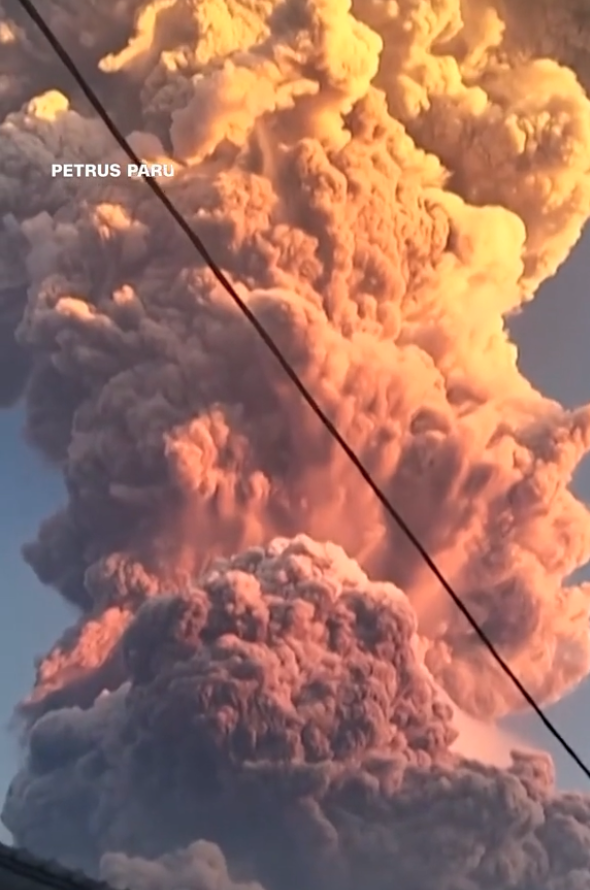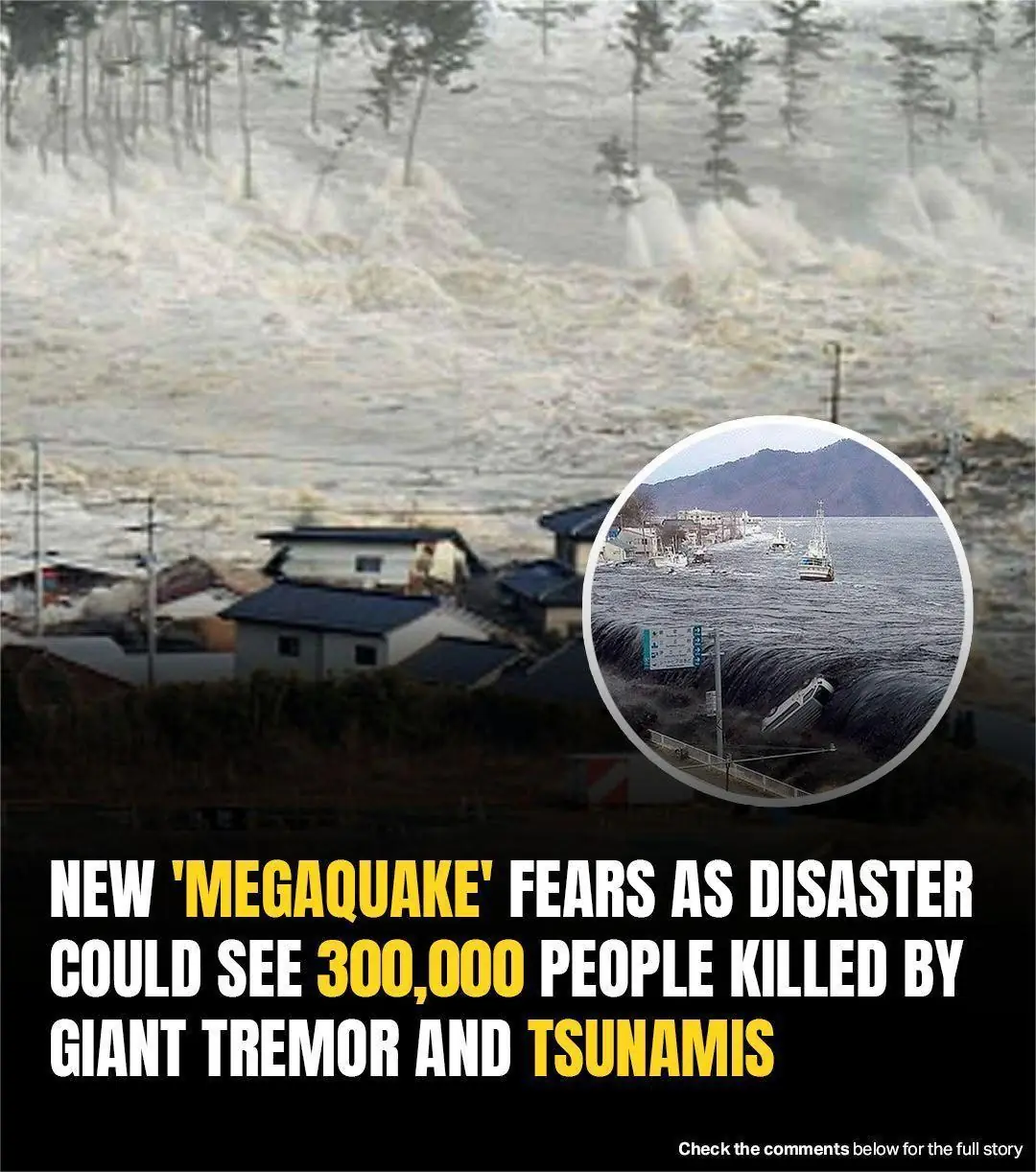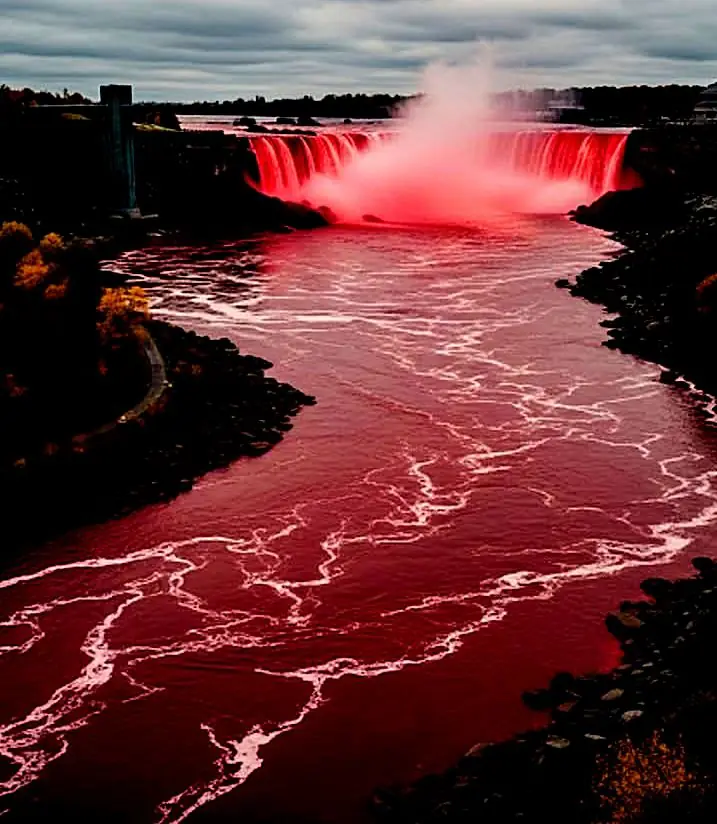
Volcano Eruption Triggers Tsunami Alert and Disrupts Flights in the Region

Mount Lewotobi Eruption Sends Ash 6.8 Miles High, Sparks Panic Across Southeast Asia
June 17, 2025 – Indonesia
A powerful eruption from Mount Lewotobi in Indonesia on Tuesday evening, June 17th, sent a towering ash plume 6.8 miles (10,000 meters) into the atmosphere, forcing mass evacuations and triggering tsunami concerns across the Pacific region. The dramatic eruption disrupted regional air travel, stranded thousands of tourists, and reignited international focus on Indonesia’s volatile position along the Pacific Ring of Fire.
A Nation on the Ring of Fire
Indonesia is no stranger to geological upheaval. Located along the Pacific Ring of Fire—a seismically active arc where massive tectonic plates collide—this archipelago of more than 17,000 islands is home to over 120 active volcanoes and is frequently shaken by earthquakes. Its population of 270 million lives with the near-constant threat of natural disasters.
Among the most dangerous of these peaks is Mount Lewotobi, a twin-peaked stratovolcano on Flores Island. Known locally as Laki-Laki and Perempuan—Indonesian for “husband” and “wife”—the smaller, more active Laki-Laki has erupted frequently in recent decades. In contrast, the taller Perempuan has remained largely dormant since the 1930s.
Throughout 2024, Lewotobi had already shown troubling activity. A series of eruptions earlier that year culminated in a particularly deadly event in November, which sent pyroclastic flows up to four miles from the crater. That eruption killed nine people, injured dozens, and forced thousands to evacuate. Authorities had already raised alert levels multiple times in March and May, each time bracing for further eruptions.
Tuesday’s Eruption Triggers Tsunami Watch
At precisely 5:35 p.m. local time on June 17, Mount Lewotobi exploded with alarming force, spewing an immense grey ash cloud over Flores Island. The fiery orange mushroom cloud was visible from cities over 90 miles away. According to Muhammad Wafid, head of Indonesia’s Geology Agency, the column of ash reached 10,000 meters into the sky, prompting the agency to immediately raise the alert level to its maximum and expand the exclusion zone to 5 miles around the crater.
The eruption also raised the specter of a tsunami, as large volcanic blasts can displace ocean water and generate deadly waves. Japan’s Meteorological Agency monitored coastal gauges throughout the night for any unusual changes in sea level. Fortunately, by dawn on June 18, the agency announced that “no noticeable changes in tidal levels had been recorded at observation points in or outside Japan.”
Aviation Chaos and Tourist Disruptions
As the ash cloud spread, the region’s air travel network ground to a halt. Bali’s Ngurah Rai International Airport canceled more than 37 flights on Wednesday alone, and over 1,000 tourists found themselves stranded. Singapore Airlines canceled four routes to Bali, while its budget airline Scoot suspended flights to nearby islands. Jetstar and Virgin Australia kept planes grounded, and AirAsia scrapped multiple routes across Indonesia.
Many tourists, including families heading to Bali’s beaches or Komodo Island, were forced to extend their stays unexpectedly. One passenger recounted to local reporters her shock at watching the airport’s departure boards go blank. She and her husband had to scramble to secure hotel accommodations, turning their short holiday into an unplanned extended trip.
Across Southeast Asia, travelers missed connecting flights and had to rebook hotel stays. Meanwhile, aviation authorities in Australia issued a red alert, and Indonesia shut down three airports in the eastern provinces, including the main hub in Maumere. The disruptions rippled across the tourism sector during what was expected to be a peak travel period.
Mount Lewotobi Had Been Showing Signs
In the weeks leading up to the eruption, Mount Lewotobi had shown increasing signs of unrest. Seismic monitoring stations had recorded a daily average of 8 to 10 tremors. However, just two hours before Tuesday's eruption, that number jumped dramatically to 50 recorded tremors in a short span—triggering alarm among volcanologists.
Indonesia’s volcanology agency had already reported 427 eruptions from Lewotobi in 2025, making it one of the most active volcanoes in the country. The mountain had been stirring for nearly ten months, and emergency officials had issued repeated warnings for residents to remain at least 4 miles away from the crater. Villages nearby distributed face masks to help residents cope with falling ash.
NASA’s satellite imagery captured the massive plume extending across Flores Island, further underscoring the scale of the event. Geologists feared that the ash and debris could trigger dangerous secondary disasters, especially if heavy rains followed the eruption. The risk of lahar—fast-moving rivers of volcanic mud and debris—remained a major concern. These deadly flows can sweep down mountainsides with terrifying speed, destroying anything in their path.
Recovery and Return to Normalcy
By Thursday, June 19, signs of recovery began to emerge. Jetstar meteorologists confirmed that ash levels in the atmosphere were dissipating, allowing some flights to resume. Airport crews worked overnight to clear ash-covered runways and restore normal operations.
Indonesia’s Ministry of Transportation reported that a total of 87 flights had been affected across 66 international and 21 domestic routes, impacting more than 14,000 passengers. While major airports began operating again, smaller regional airports remained on high alert. Officials emphasized that safety came first, even as airlines faced mounting pressure to resume full schedules.
Flights to Australia, Vietnam, Singapore, Malaysia, and China gradually resumed. AirNav Indonesia stated it would continue monitoring conditions closely to ensure the safety of air travel. Meanwhile, emergency services remained stationed near the volcano, watching for any signs of further eruptions or ground instability.
Ongoing Threat and Lessons Learned
Despite the temporary easing of the crisis, Mount Lewotobi continues to rumble with elevated seismic activity. Emergency teams remain on standby as authorities brace for potential aftershocks or new eruptions.
This latest incident has once again highlighted the precariousness of life in the Ring of Fire. In a region where natural disasters can strike with little warning, rapid coordination between international agencies, meteorological services, and aviation authorities proved crucial in minimizing harm and ensuring public safety.
As air travel normalizes and residents begin returning to evacuated areas, officials warn that the threat from Lewotobi is not yet over. For now, vigilance remains the watchword across Indonesia’s volcanic heartland.
News in the same category


21-year-old congressional intern shot dead

Shania Twain’s Journey from Poverty to Music Stardom

Hollywood Legend Michael Madsen Dies At 67 — Fans Devastated

This Military Sleep Method Helps You Fall Asleep In Less Than Two Minutes

The first animal you spot in this visual reveals your ‘worst flaw’

Hero Dad Leaps Off Disney Cruise Ship To Save Daughter Who Fell Overboard

Japan On Edge: Scientists Warn 82% Chance Of Megaquake That Could Kill 300,000

4 types of water you should not drink before going to bed

Mom on a mission to show daughter with extremely rare birthmark that she is beautiful

Glee star Cory Monteith's parents tragically die weeks apart following his death 12 years ago

‘Horrifyingly goofy’ creature washes onto Southern California beach

Australian couple with dwarfism have three children against all odds

NIAGARA FALLS TURNS RED BLOOD FOR 10 MINUTES VISITORS STUNS

Tourist who was trapped 1,600ft down active volcano for days tragically dies before rescuers get to her

Elephant finally rescued after over 80 years in shackles – finally lays down and rest

London-bound plane with 242 on board crashes in India

Kitten was dyed with toxic blue paint and left in the rain — rescuers help her make a stunning transformation

This giraffe left photographer speechless, then sad truth is revealed
News Post

Decadent Chocolate Hazelnut Delight Cake Recipe

The Natural Snake Repellent That Sends Snakes Running — Safe for You, Deadly for Them 🐍❌

Transform Your Skin with This Surprising Banana and Vaseline Mix!

Natural Intestinal Cleanse with Dates

Drinking Garlic Milk for Health Benefits

Natural Relief for Knee and Leg Pain: Banana, Red Onion, and Turmeric Remedy

Transforming Orange Peels and Ginger into a Health Boost for You!

Natural Ways to Remove Skin Moles at Home 🌿

Embrace the Okra Water Challenge for Better Health

Embrace Youthful Hair with Papaya Leaves!

A powerful, natural, and effective homemade keratin!

Garlic and Clove: Two Hidden Treasures for Your Health

🍫 Chocolate-Oreo Layer Cake with Vanilla Cream and Ganache Drip

🍒🍫☀️ Summer Chocolate Cherry Luxe Cake

☀️🍰🍯 Summer Caramel Oreo Cheesecake Slice

☀️🍫🍓 Summer White Chocolate Mousse Cheesecake Slice

ROSEMARY TEA ON AN EMPTY STOMACH

People with High Blood Sugar Should Avoid Certain Foods—Watermelon? Doctor: These Are 4 Foods You Really Shouldn't Eat
